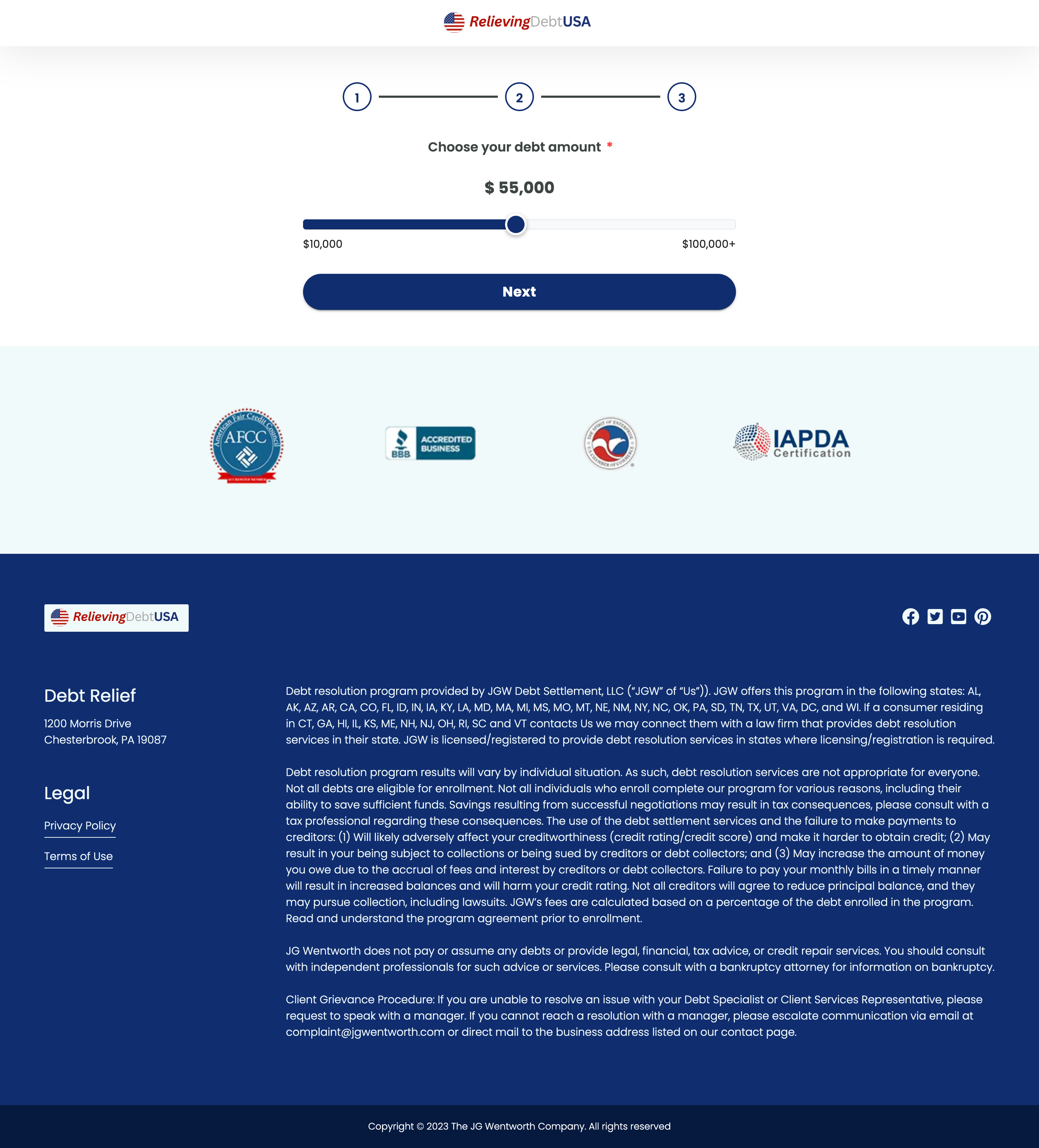Best Practices for Creating Landing Pages for Instagram Ads
Table of Contents
Introduction
In today’s digital marketing landscape, Instagram has emerged as a powerful platform for advertisers looking to reach a broad audience. However, for effective Instagram ads, creating optimized landing pages that can convert visitors into customers is crucial. In this article, we’ll delve into the best practices for designing Instagram ad landing pages that not only capture attention but also drive meaningful engagement.
Understanding Your Audience
Before designing a landing page, it’s essential to have a clear understanding of your target audience. This involves identifying their demographics, interests, behaviors, and pain points. By tailoring your landing page to meet the specific needs and preferences of your audience, you can create a more personalized and relevant experience that resonates with potential customers.
Key Design Principles for Instagram Landing Pages
Effective landing page design involves several key principles:
- Minimalism: Keep the design clean and clutter-free to focus the user’s attention on the main content and CTA.
- Brand Consistency: Ensure that your landing page aligns with your brand identity, using consistent colors, fonts, and imagery.
- Responsive Design: Make sure your landing page displays correctly on different devices and screen sizes.
Mobile Optimization
With a significant portion of Instagram users browsing on mobile devices, optimizing your landing page for mobile is not optional—it’s a necessity. Consider the following tips:
- Fast Loading Speed: Ensure your page loads quickly to prevent potential customers from bouncing.
- Easy Navigation: Simplify navigation with easily clickable buttons and concise content.
- Readable Fonts: Use legible font sizes and styles that are easy to read on small screens.
Crafting Compelling Copy
Your landing page copy plays a critical role in persuading visitors to take action. Crafting compelling copy involves:
- Understanding Customer Pain Points: Address the problems that your potential customers are facing and present your offering as the solution.
- Using Action-Oriented Language: Employ strong, persuasive language that encourages visitors to engage with your content.
- Clear Value Proposition: Communicate what makes your product or service unique and why visitors should choose you over competitors.
Using Visual Elements Effectively
Visual elements are crucial in capturing attention and conveying messages quickly. To use them effectively:
- High-Quality Images: Use professional and relevant images that support your messaging.
- Engaging Videos: Incorporate videos to demonstrate products or share testimonials, as videos can increase retention significantly.
- Consistent Style: Ensure all visual elements align with your brand’s aesthetic to create a cohesive look.
The Importance of a Strong Call-to-Action (CTA)
Your CTA is the gateway to conversions. Consider these tips:
- Placement: Position your CTA prominently, so it is immediately noticeable upon page load.
- Clarity: Use straightforward language that clearly indicates the action you want visitors to take.
- Contrast: Create a visual contrast to make the CTA stand out from the rest of the page elements.
A/B Testing and Optimization
To continuously improve landing page performance, engage in A/B testing. Compare different versions of your landing page by altering elements like headlines, images, and CTAs. Monitor metrics such as conversion rates, bounce rates, and dwell time to gather insights and refine your page based on data-driven decisions.
Tools and Resources
Leveraging the right tools can streamline the creation process and enhance the effectiveness of your landing pages. Consider using tools such as page builders, analytics software, and a Landing page ripper tool for capturing and analyzing successful landing pages. This Chrome extension is valuable for downloading landing page HTML and capturing landing page content to replicate best practices.
Conclusion
Designing an effective landing page for Instagram ads involves a blend of creative and analytical approaches. By understanding your audience, applying key design principles, optimizing for mobile, crafting compelling copy, and leveraging visual elements, you can create landing pages that not only drive immediate action but also foster long-term customer relationships. Remember, continual testing and adaptation are vital to staying ahead in the competitive field of digital advertising.









